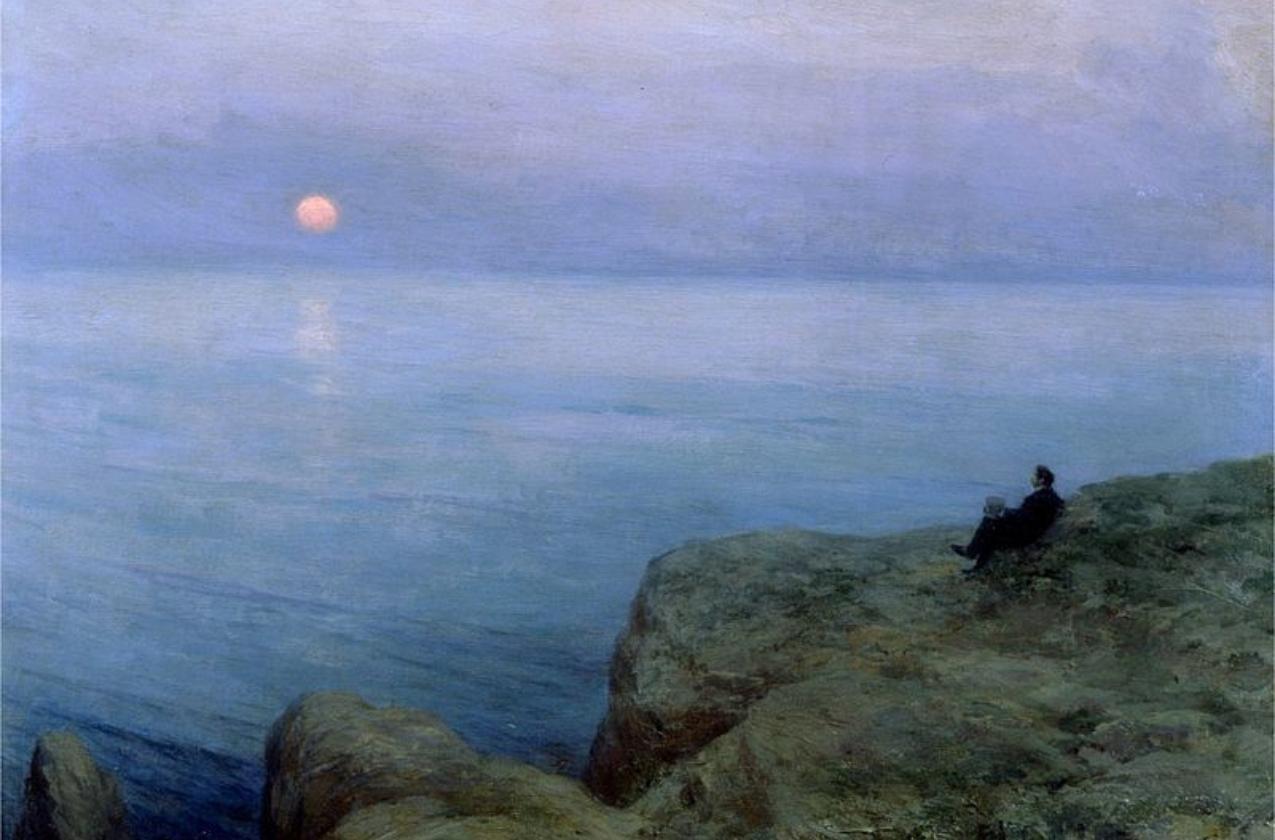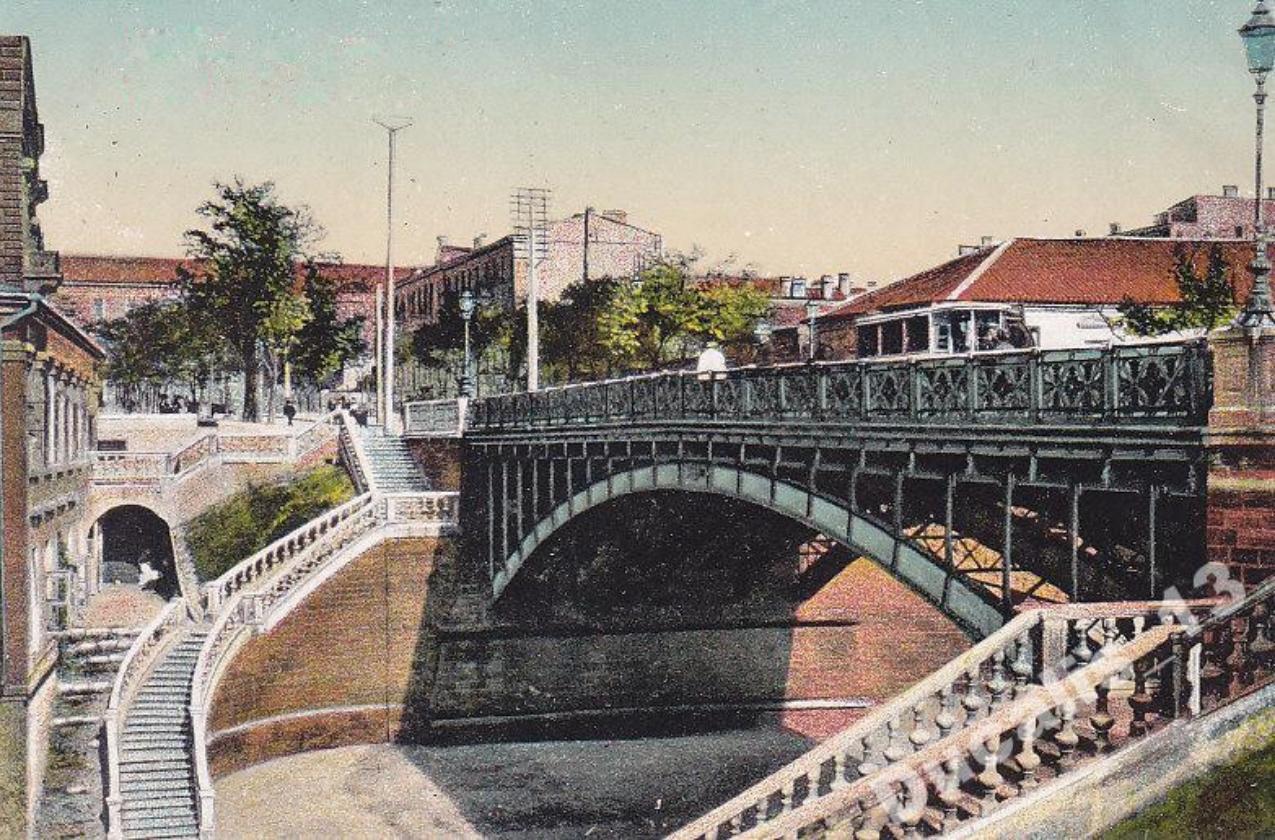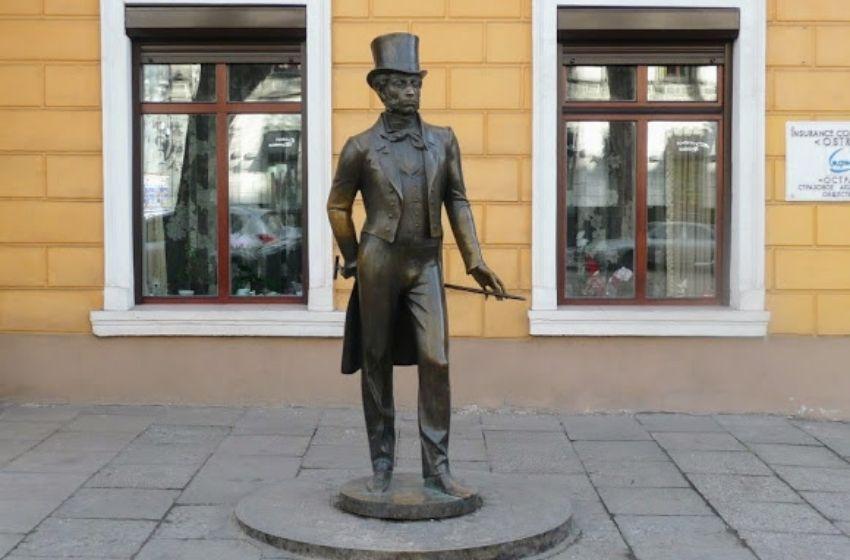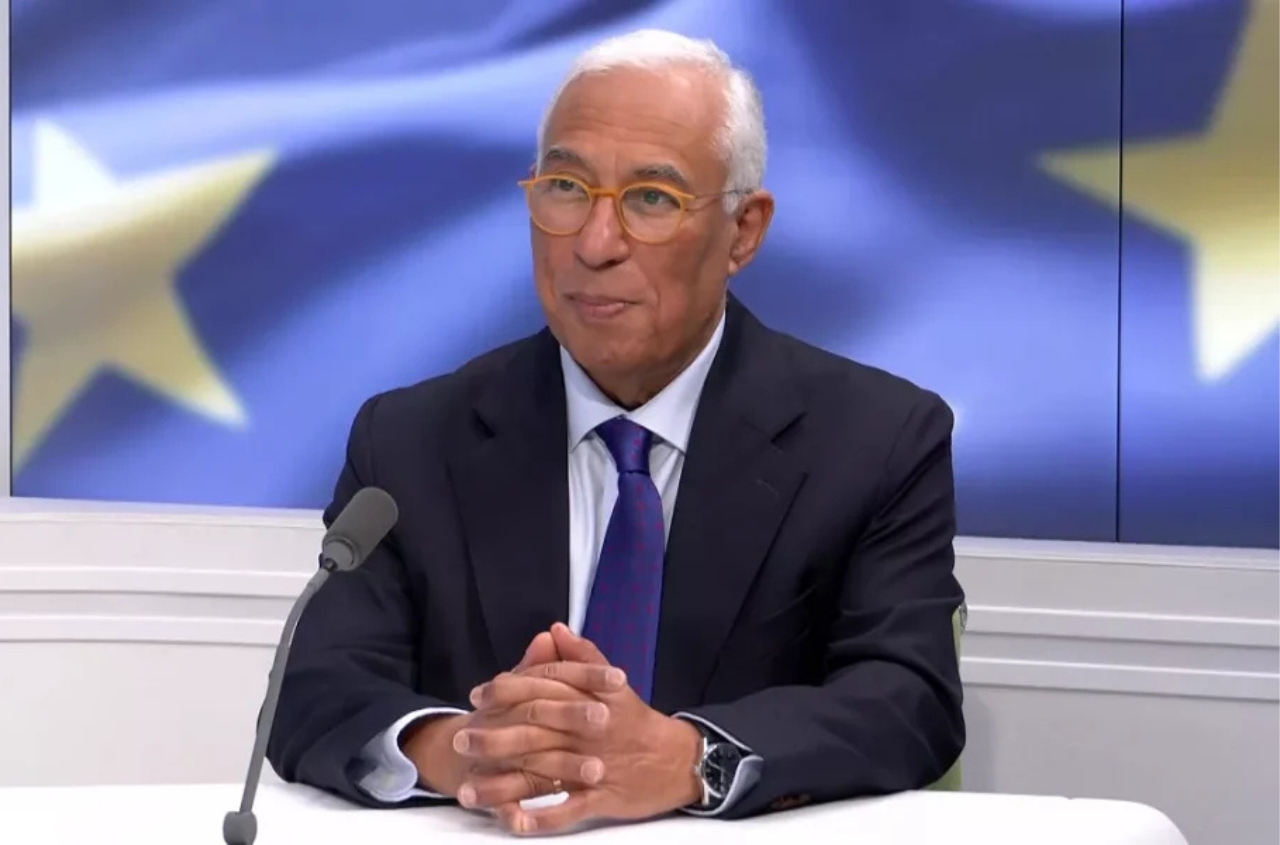The museum is in an apartment of former hotel owned by Baron Jean-Francois Renaud, where Pushkin lived in 1823. Pushkin spent here thirteen months. Within the walls of this apartment he completed the poem "The Fountain of Bakhchisarai", wrote the poem "Gypsies", wrote thirty lyric poems and two and a half chapters of the novel "Eugene Onegin".
The street where the great poet lived, formerly called Italian, was renamed Pushkinskaya in 1880. The museum of the great poet has been operating here for over 30 years.
Tens of thousands of people visit the museum every year. Meetings with creative and scientific workers, open lessons, consultations for students, evenings dedicated to the memory of A. Pushkin are held here. There are also book and art exhibitions.
In the Odessa Museum of Pushkin, you can get acquainted with old engravings of Pushkin's Odessa, poet's portraits, unique Pushkin's autograph drawings, rare lifetime editions of Pushkin's works.
In this article, we want to tell you about the ten most valuable exhibits of the museum, and also invite you to visit the museum in the nearest future.
I would like, my soul, to write you a whole novel - the last three months of my life, this is the point: my health has long demanded sea baths, I forcibly persuaded Inzov to let me go to Odessa. I left my Moldavia and came to Europe. The restaurant and the Italian opera reminded the old days and by God they renewed my soul ...
A.S. Pushkin in the letter to his younger brother Lev
25 August 1823,
Main photo: "Alexander Pushkin on the seashore", Odessa artist Leonid Pasternak, 1896
1. Facsimile copy of Pushkin's manuscript - a chapter from "Eugene Onegin" ("I lived then in dusty Odessa ..."), 1825.

2. Translations of Pushkin's works into European languages, made in the Odessa printing house.
First of all, the abundance of languages ​​that Pushkin touched to one degree or another is striking. French, Old French, Italian, Spanish, English, German, Ancient Greek, Latin, Old Russian, Church Slavonic, Serbian, Polish, Ukrainian, Hebrew, Arabic, Turkish - sixteen languages.
3. The tragedy of Langeron "Mazaniello" autographed by the author. There are only two such books in the world: one in Odessa, the second in the Sorbonne University (Paris).
4. A playing piece, an oyster flap and coins of 1822, found during excavations at the site of the legendary casino, which Pushkin loved to frequent.

5. The programme of the Richelieu Lyceum, drawn up personally by Richelieu.
6. The washstand, which was in the office of Mikhail Vorontsov. Perhaps Pushkin's hand also touched him.
7. Draft of Pushkin's poem "To the sea" ("Farewell, free element"). Here you can clearly see how meticulously the poet worked on his works.
This poem was written in memory of Byron, who died on April 19, 1824. The theme of 'farewell to the sea' is also associated with Pushkin's departure from Odessa to the Mikhailovskoye village. The initial draft of the poem was made in Odessa, and already in Mikhailovskoye village it was finished. In 1825, the poem appeared in print. Among the main characters of the text, in addition to the lyrical hero and Byron, Napoleon was implied, but at that time it could not sound openly, therefore, Pushkin replaced some of the lines with direct allusions to the former emperor with dots.

8. A plaque dedicated to Pushkin, which hung on the wall of the girls' school on Slobodka, not far from the market. The authors of the text in a few lines managed to present almost the entire biography of the poet.
9. Hall dedicated to Pushkin's monuments in the world - from Austria to Canada and Lithuania. There are more than five hundred of them.

10. The first sculpture created after Pushkin's death. Its author is the sculptor Giovanni Vitali, 1837.
The talented sculptor of Italian origin, Ivan Petrovich (Giovanni) Vitali, who lived in Russia, met Pushkin on May 3, 1836 in Moscow and expressed a desire to create his sculptural portrait. However, the poet refused. Therefore, Vitali sculpted a bust of Pushkin in Moscow after his death, in April 1837. The sculptor created a plaster version in 1837 and later a marble version. Laconic clarity and plastic completeness distinguish this sculptural portrait. Contemporaries unanimously noted the convincingness and truthfulness of the poet's image.






















